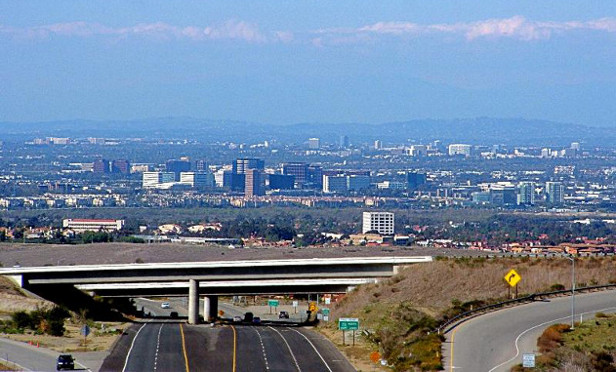
IRVINE, CA—Steadfast Cos. has renamed its capital-markets group Stira and its global credit fund offered with Alcentra to Stira Alcentra Global Credit Fund. The name was inspired by Steadfast's efforts, under the leadership of Rod Emery, to help the people of Nepal after the devastating earthquakes that rocked the country in 2015, causing great loss of life and leaving millions without homes.
The company did not immediately return GlobeSt.com's request for comment on the significance of this move for the commercial real estate industry.
After the earthquakes, the Steadfast team stepped in not only to help solve immediate housing needs, but also to create long-term solutions that could be replicated in the extreme conditions of Nepal, resulting in sustainable impact and growth. This effort became the genesis for Stira—which is derived from a Nepalese word used to describe something that is consistent, unwavering and dependable.
Stira will seek opportunities in new markets as it increases assets, distribution outlets and partnerships in creating new offerings. This strategy characterizes the company's “ALLternatives” offerings and forms the foundation of a platform where it can launch additional private and public investment opportunities, provide access to institutional-quality managers and create opportunities for risk-adjusted returns with investments that have low correlation to the market.
Twenty-seventeen was a year plagued by natural disasters including fires and floods. As Sunrise Management's CEO Joe Greenblatt recently told GlobeSt.com, the recent wildfires throughout Northern and Southern California have had devastating consequences on both business and residents, so renters and landlords need to review their insurance policies. The fires caused thousands of structures to be destroyed, dozens of deaths, more than 500,000 acres burned and billions of dollars in property damages.
In addition, as GlobeSt.com recently reported, earthquake risk seems to be on the minds of a number of CMBS investors, according to Kroll Bond Rating Agency. The concerns focus on the potential impact of an event, whether large or small, and on assets that may not be adequately insured, if at all. While insurance is generally required for properties in seismic zones 3 or 4 with a probable maximum loss/PML greater than 20%, properties that are close to this threshold could still suffer moderate to significant damage in an earthquake, but fall under the insurance threshold, says Kroll. This could meaningfully impact the collateral securing a loan, and the potential for losses if uninsured borrowers choose to forgo repairs and surrender the asset to the lender.
© 2025 ALM Global, LLC, All Rights Reserved. Request academic re-use from www.copyright.com. All other uses, submit a request to [email protected]. For more information visit Asset & Logo Licensing.







